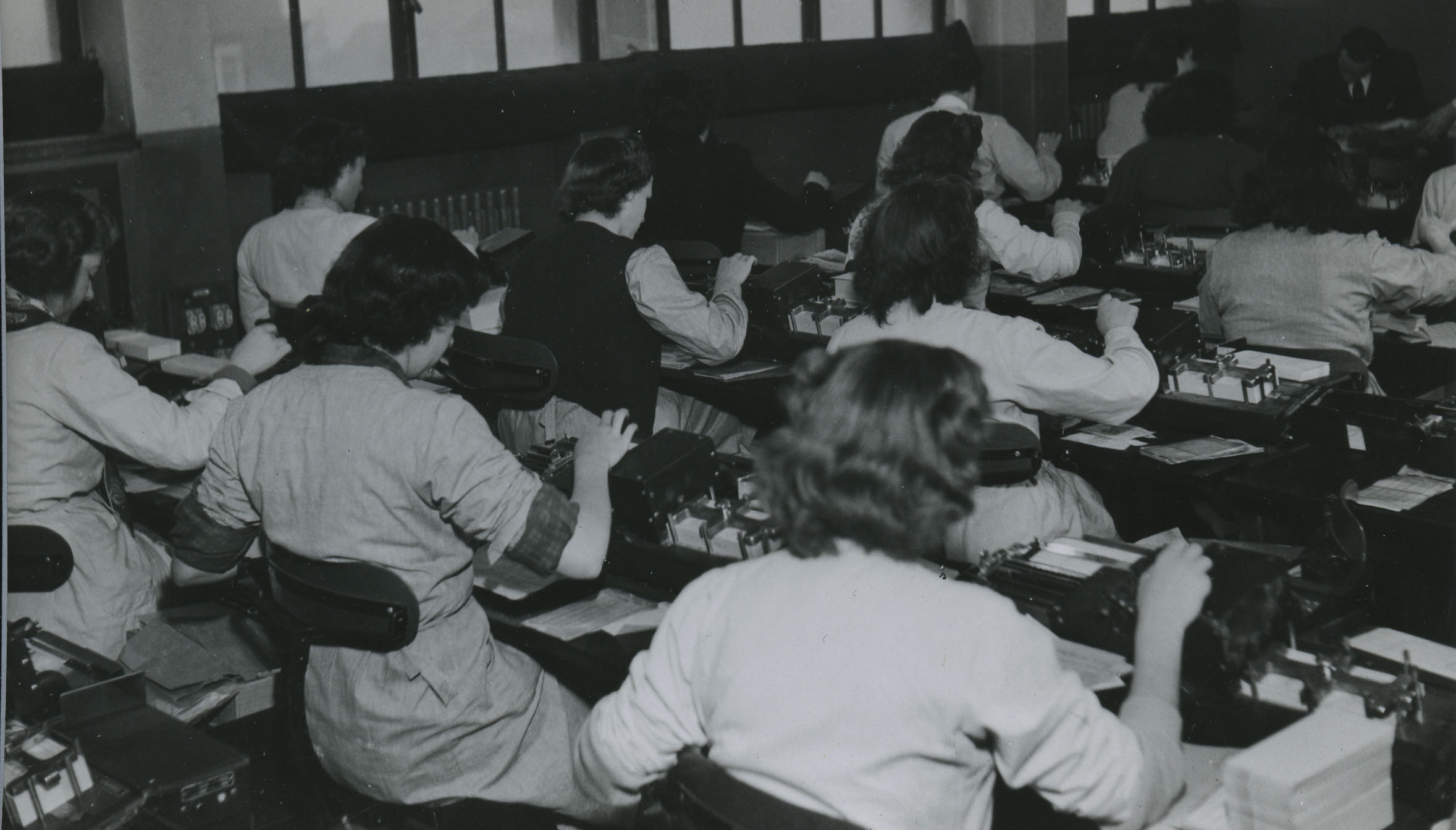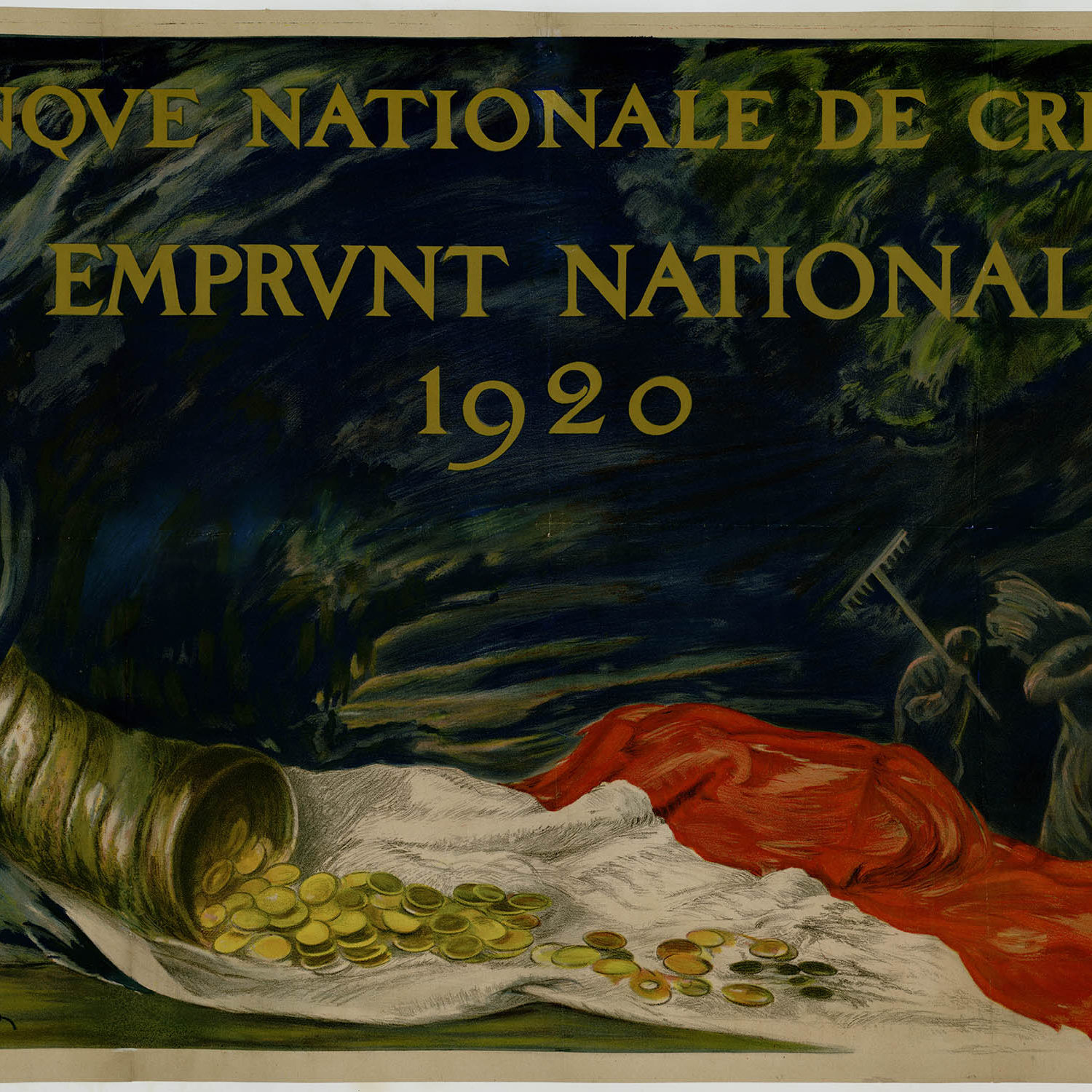International women’s rights day: relive more than a century in pictures

Photo taken from the magazine La BNP et les femmes, featuring a woman accessing her values in a BNP safe, Place Vendôme in Paris, July 1968. - BNP Paribas Historical Archives
From the late 19th century to the present day, the role of women in the bank has evolved continuously, as we can see it through the photographic collections and archives of BNP Paribas. First employed in administration between 1880 and 1930, they played a key role in the tabulating machines revolution, and then contributed to the development of computing in the 1950s. And, in the 1960s, they gained their financial independence meanwhile female activity rate kept growing. Discover a selection of documents that tell the story of women’s empowerment at BNP Paribas as clients and employees.
On the occasion of the 2023 International Women’s Rights Day, the Archives and History Department of BNP Paribas invites you to discover a selection of archives telling the history of women in the Bank, which is highlighted with an internal exhibition.
1880 – 1930: Women recruited in the bank’s administrative services
In the 1880s, the banks created new administrative services and began to hire women to work there. They were considered to be thorough and applied and held jobs in the coupon and securities offices, collection and redemption services, portfolio, accounting, client file tracking, etc. In the 1930s, banks were inspired by Taylorism by rationalising the organisation of their activities, which led to the creation of administrative centres for administrative work. The women workforce was growing steadily and plays a key role in these tertiary factory.

Behind- the- Scenes of the administrative centre of la Conninais in Brittany (France)
The Banque Nationale pour le Commerce et l’Industrie (BNCI) set up the securities depository of la Conninais in 1938 to centralise manual handling of securities and coupons and their accounting treatment in one place. Most of the employees were female and dedicate themselves to cut the coupons associated with the securities and pasted them on sheets indicating the date and name of the person who received the amount. Women were also responsible for sorting, classifying and counting securities.
![A BNCI employee checks client files in the Connais Domain Security Room, [1930 - 1950], rating 6Fi255-2](https://histoire.bnpparibas/wp-content/upload/2023/03/FRAHBNPP_6Fi255-2-1004x1024.jpg)
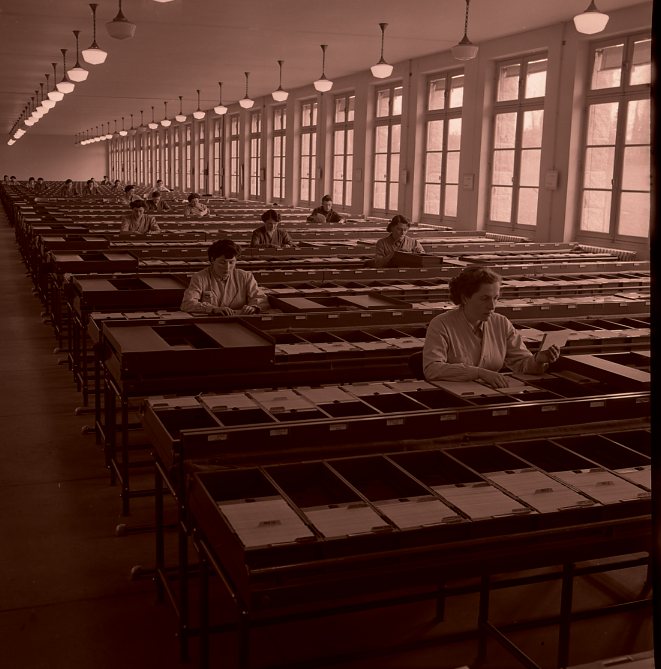

1930-1960: Women in the Machine Revolution
To contain soaring processing costs and manage the growing volume of accounts, books and accounts, banks have adopted new ways of working of the industrial sector.First, it was the mechanisation of the handling of the paper document and then its processing using office accounting machines. Women were involved in the transformation of working methods within banks, which make them icons of the tabulating machines revolution and the processing of mass information.
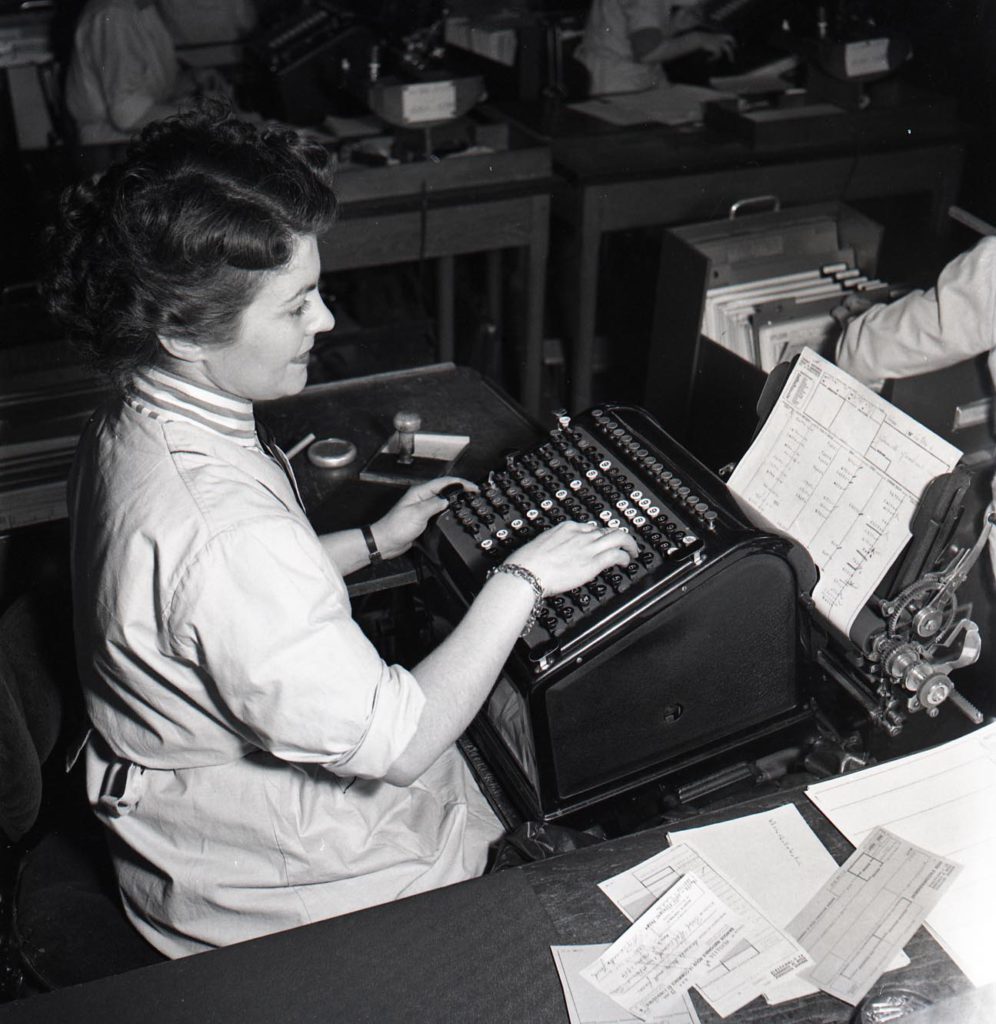
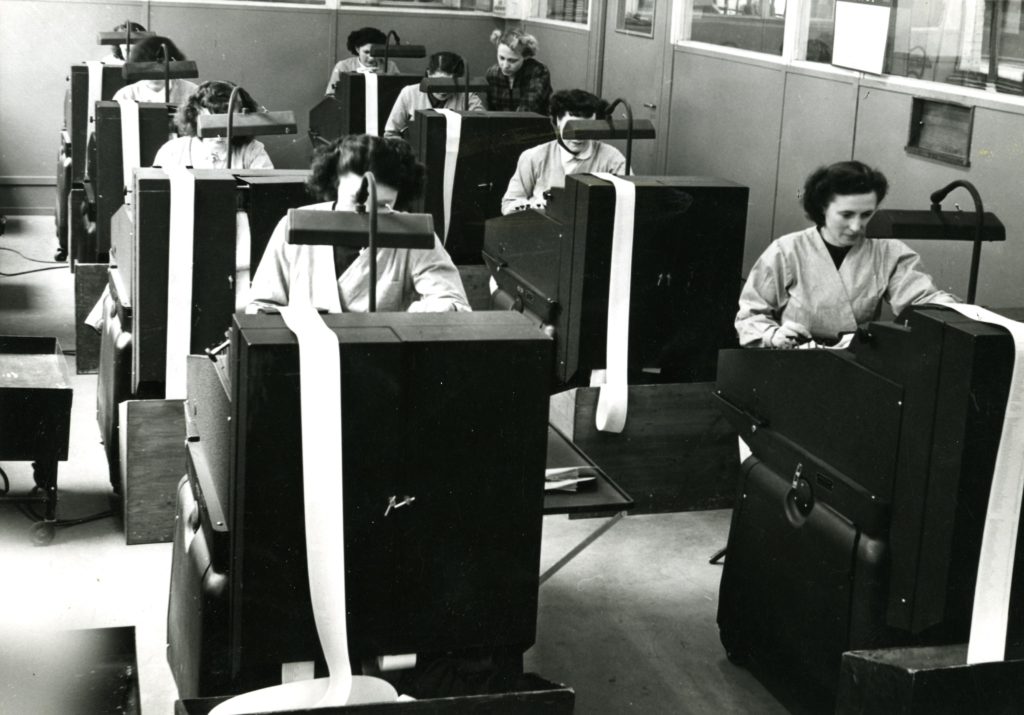
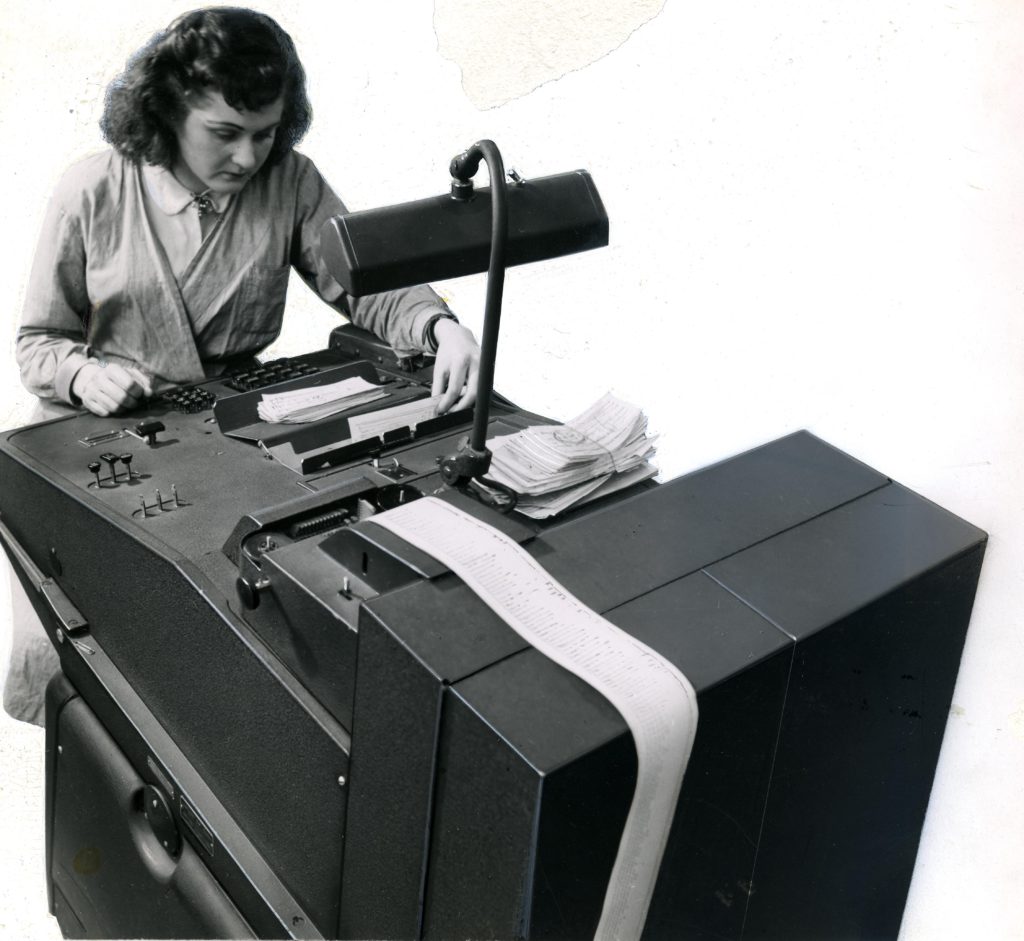
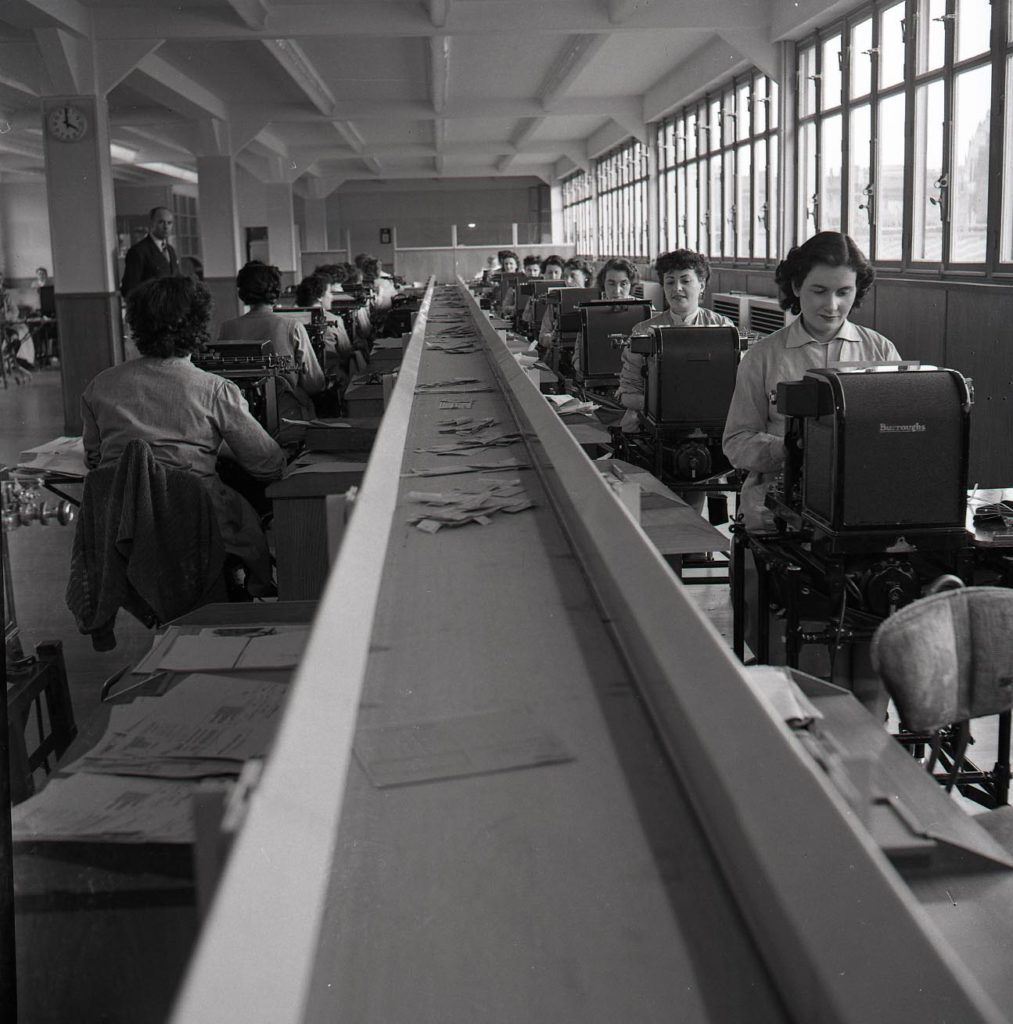
July 1965: Married women, clients and others?
On 13 July 1965, married women became customers in their own right of financial institutions through the Family Law, granting them the right to work and to open a bank account under their own name without their husband’s permission. This major societal revolution paved the way for the emancipation of women, whose participation rate increased continuously in the 1960s. In 1962, one in two married women was active. In the wake of this law, banks have supported women’s financial independence through a series of educational and communication activities.
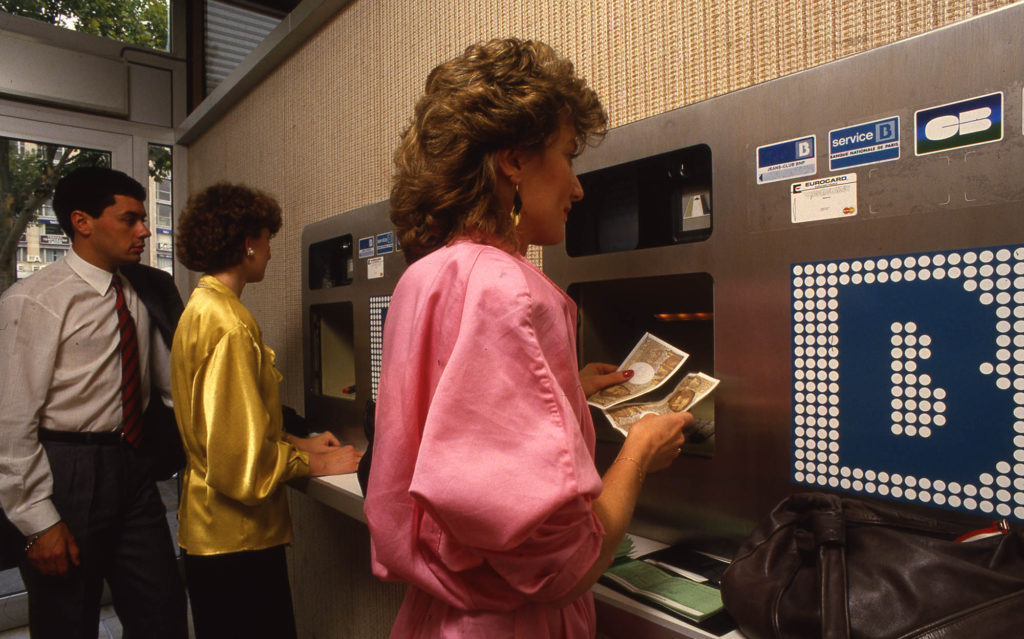
Serving customers and in the front-office
In the 1960s, the Banque Nationale pour le Commerce et l’industrie (BNCI) developed and modernised its branches. Furniture, hospitality space with confidentiality, decor, everything is designed to provide a pleasant experience for the customer. With this new strategic approach, women occupied positions of welcome and advice and are no longer restricted to back-office activities.
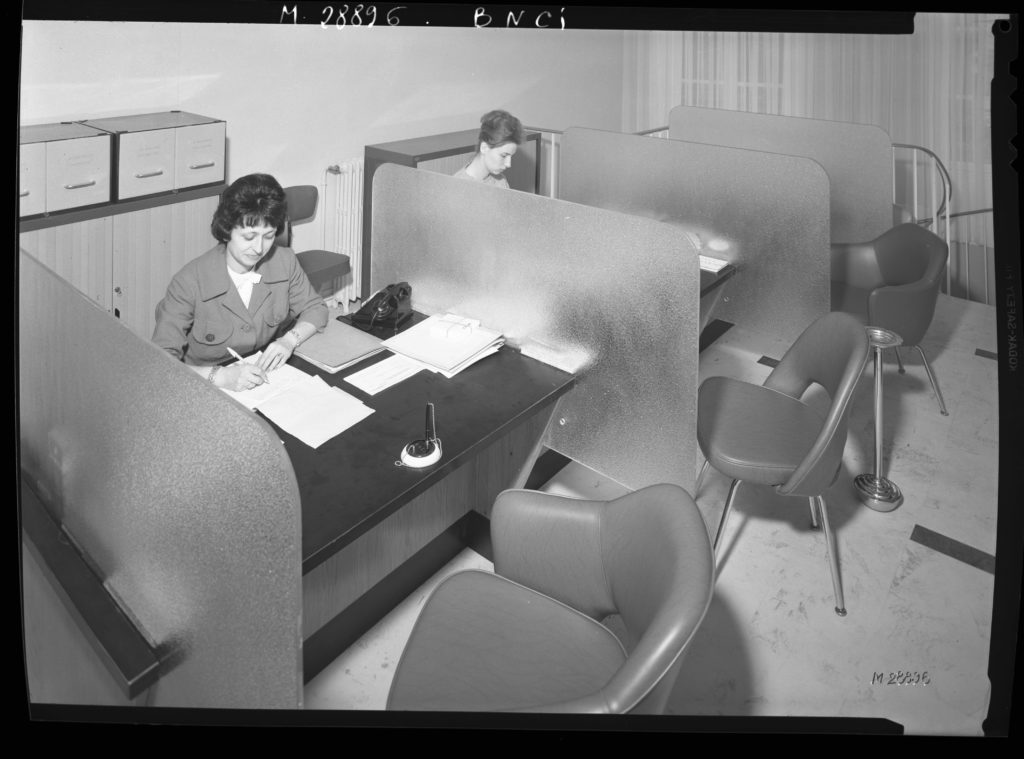
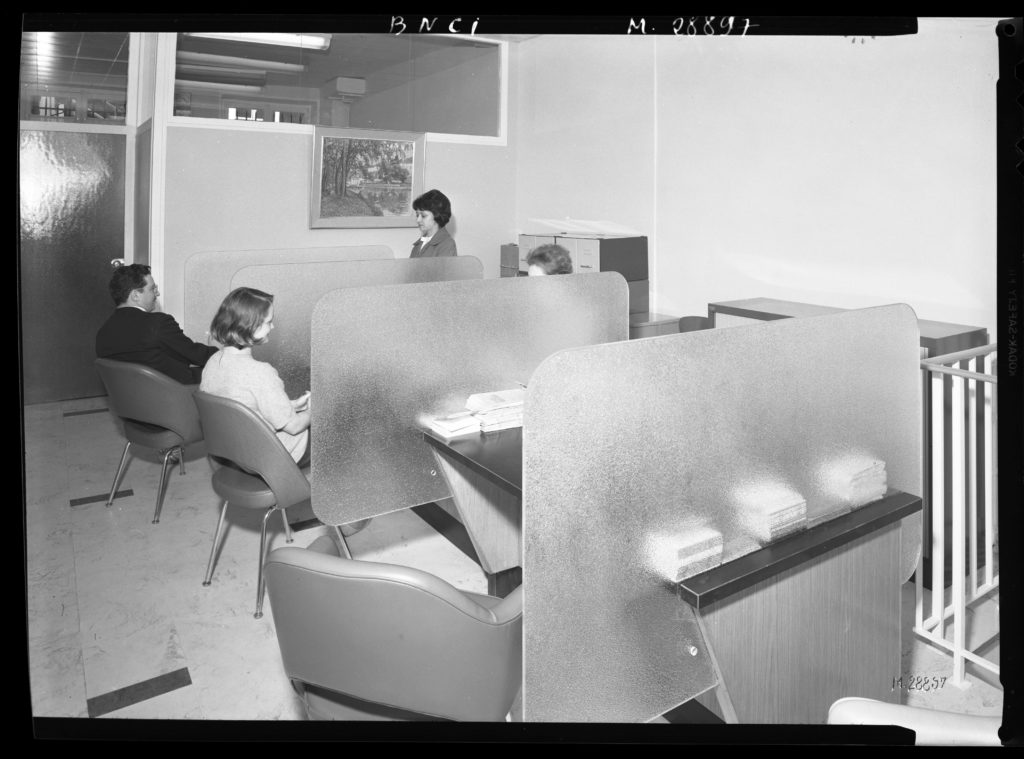
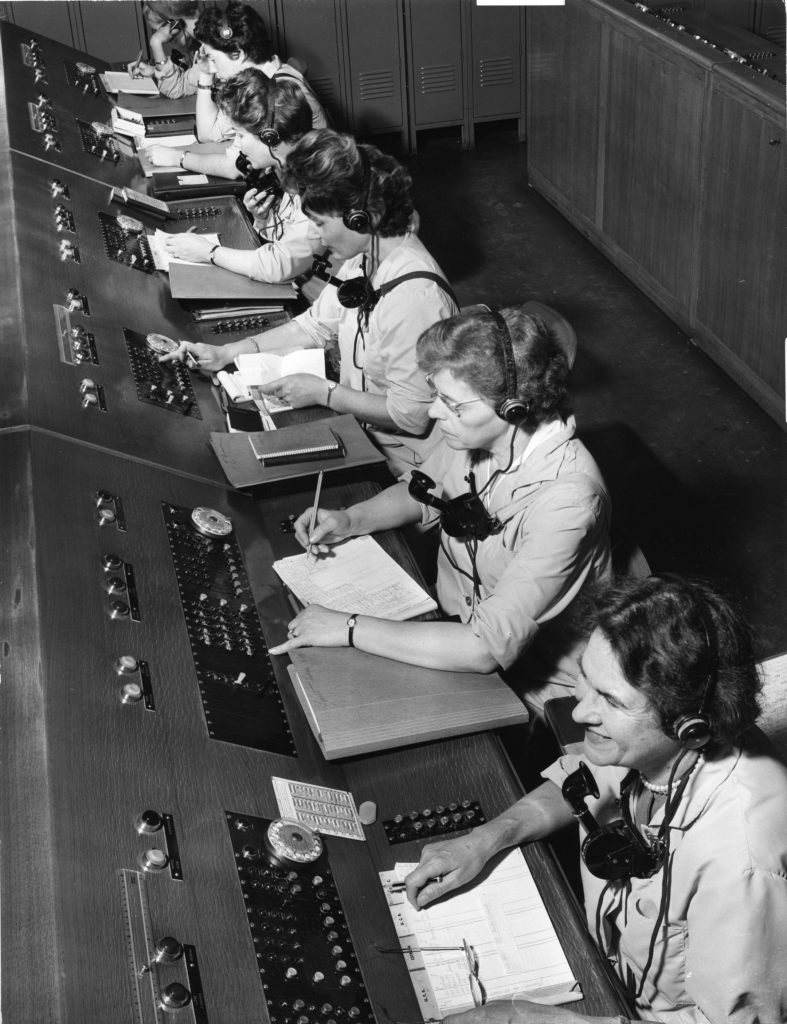
Women at the heart of typing offices
Starting in the late 19th century and integrated into the bank’s administrative centres when its activities were rationalised in the 1920s, typing quickly became feminised. A key tool for a business that combines volumes of paper and significant data, the typewriter has been perfected with technological innovations.
![BNCI typist typing on Hermes typewriter, [1950-1960], score 10Fi790](https://histoire.bnpparibas/wp-content/upload/2023/03/FRAHBNPP_10Fi790-1-1024x716.jpg)

From mechanography to computers
In 1957, the Comptoir National d’Escompte de Paris (CNEP) ordered the largest management computer developed in Europe, the Bull Gamma 60. It was commissioned in 1961 after a period of integration. In the continuity of the tabulating machines revolution, women contributed to the deployment of this new technology.
![In the BNCI computer room, an operator controls an IBM 705 computer, [1957-1961], rated 11Fi747-2.](https://histoire.bnpparibas/wp-content/upload/2023/03/FRAHBNPP_11Fi747-2-1024x767.jpg)
Across the world
The feminisation of the Group’s workforce began in France in the 1880s, and increased in the 1960s in the wake of societal changes. This trend can also be observed on the five continents where the Group has been operating since its creation.
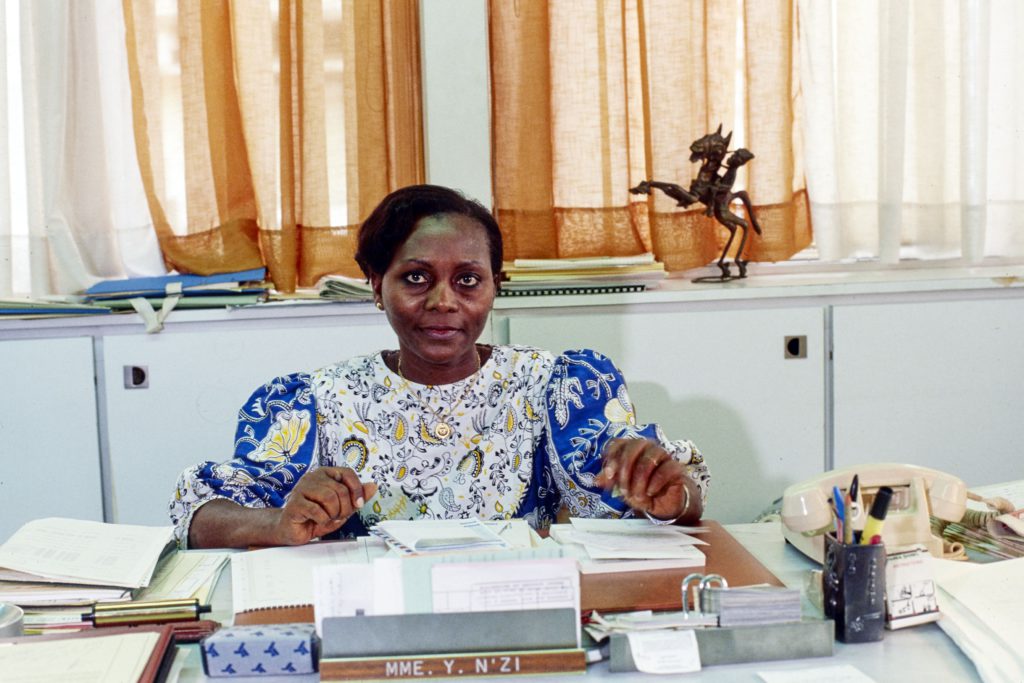
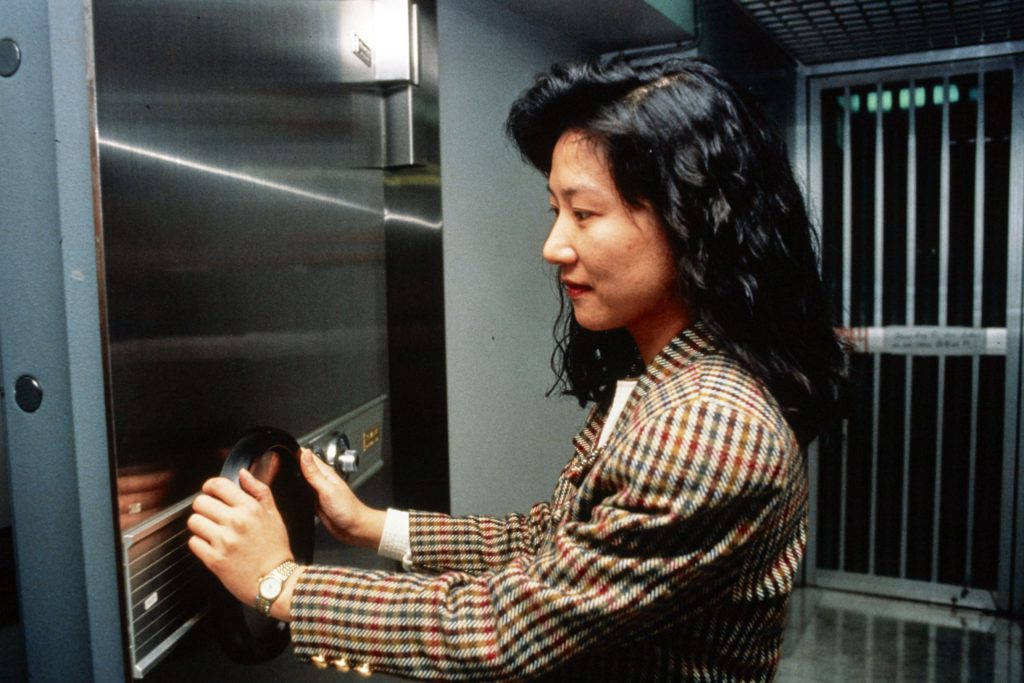

Diversity and inclusion in the Bank’s teams
The progress of women within the Group has been continuous. They carry out all the Bank’s business lines with responsibilities ranging from operational to managerial. While some activities such as IT are still poorly feminised, BNP Paribas is part of citizen coalitions aimed at reducing these gaps.

Discover more content about women’s history and the bank.
Partager cette page







